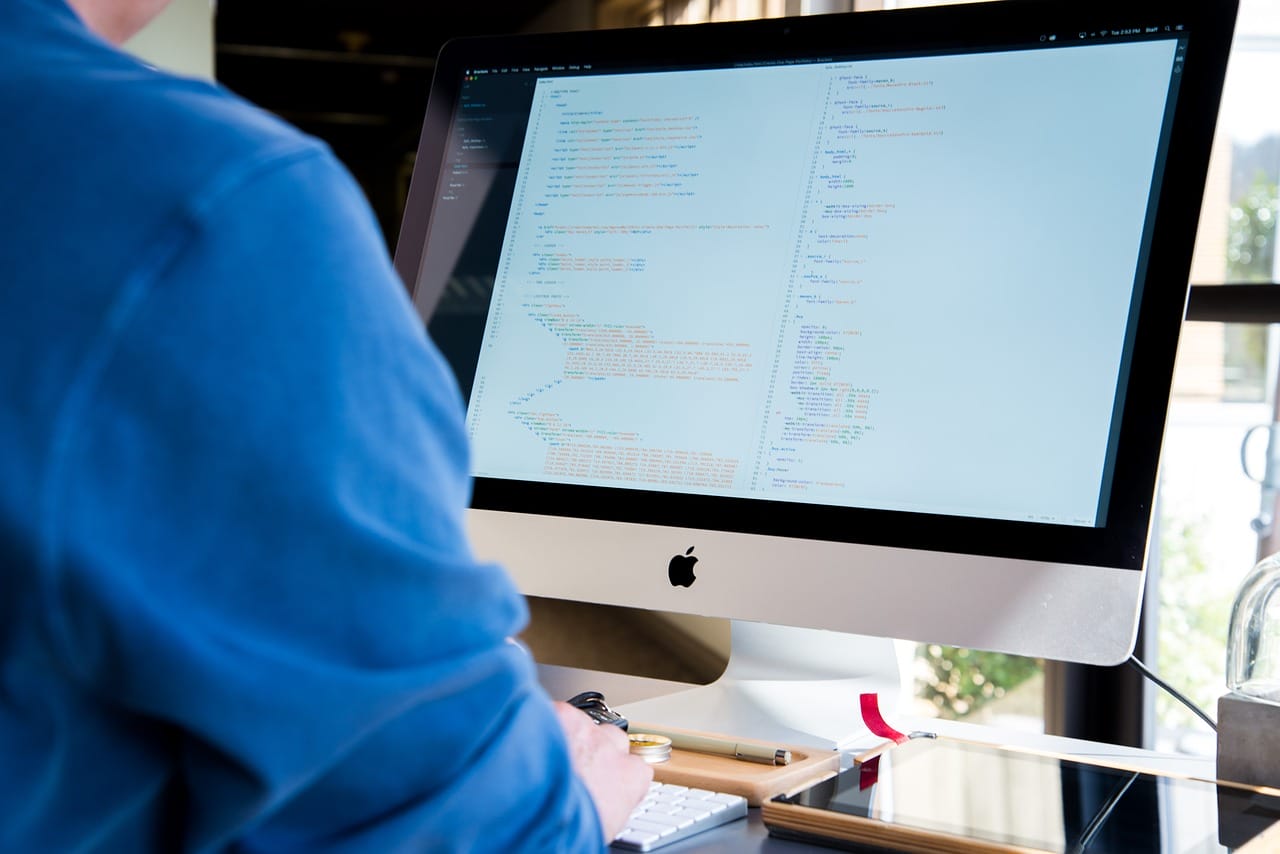Speed matters in game design. When ideas are flowing, designers need tools that help them build and test levels quickly. That’s where SVG-to-3D technology is making a big difference.
This tech helps teams move from concept to prototype in record time by turning simple 2D drawings into interactive 3D environments. It cuts down delays, reduces guesswork, and keeps creativity moving. Whether working on indie titles or large-scale games, developers are using this approach to save time and stay flexible.
In this article, we’ll explore five ways SVG-to-3D tools are reshaping how game levels come to life.
LOCAL NEWS: 100 best places to work and live in Arizona for 2025
From 2D Sketch to 3D Reality
Often used for simple vector drawings, SVG files can now be transformed into interactive 3D models in real time. This lets game designers take rough 2D level sketches and turn them into working 3D layouts without redrawing everything in a 3D editor. The process is fast and visual and keeps the creative flow going.
This shift is beneficial during early-stage prototyping. Instead of waiting days or weeks for 3D drafts, designers can quickly test ideas, layouts, and interactions within minutes. It reduces guesswork and allows teams to identify problems or improvements earlier in the cycle.
By using a streamlined SVG to 3D model conversion process, teams can avoid the typical delays associated with traditional 3D modeling. This speeds up concept validation and keeps momentum high during the initial stages of game development.
Reducing Development Bottlenecks
Game design often hits slow points when 2D sketches have to be manually rebuilt in 3D software. These conversions are time-consuming and prone to minor errors that lead to bigger delays later. Automating that step by converting SVG files directly into 3D assets helps eliminate those pain points.
Instead of repeating the same shapes or floor plans by hand, designers can instantly update an SVG file and generate the updated level.
It simplifies workflows and frees up time for creative problem-solving rather than repetitive modeling work. Fewer manual tasks mean fewer chances for mistakes.
Using SVG to 3d model solutions also helps reduce miscommunication between design and modeling teams. Everyone works from the same base asset, so updates are clear and consistent. This reduces back-and-forth revisions and speeds up overall production timelines, which is especially valuable in fast-paced mobile gaming projects.
Enhanced Collaboration Between Designers & Developers
When designers can generate working 3D prototypes quickly, it becomes easier to share ideas with developers.
Instead of passing off abstract sketches, they can deliver testable, explorable versions of levels that show how the layout should work in real space. This speeds up communication and limits misunderstandings.
Developers don’t need to guess what a designer meant or wait for additional clarification. With a shared visual reference, both teams can align early and make changes on the fly. This reduces friction during the handoff and allows both sides to focus on refining features.
Tighter iteration loops also mean faster feedback. Teams can meet more frequently, test ideas earlier, and catch issues before they become larger technical problems. This kind of agile back-and-forth strengthens collaboration and makes the whole process smoother.
Faster User Testing With 3D Environments
User testing is critical in game design, but often gets delayed because of slow asset production. With SVG-to-3D technology, teams can generate test-ready environments faster and start gathering feedback sooner. This leads to better decisions and less time wasted on features that don’t resonate with players.
When testers can walk through early-level prototypes, they provide more valuable insights. They don’t have to imagine what the level might look like. They can explore, interact, and respond to real layouts, even in the early stages of development.
This fast access to functional environments shortens the gap between design and feedback. Teams can quickly see what works and what doesn’t, then adjust without starting from scratch. As a result, games are more polished by the time they reach full production.
Integrating With Popular Game Engines
One of the most significant advantages of SVG-to-3D tools is that their output works with popular engines like Unity and Unreal. Designers can build the initial level structure in vector format, convert it into a 3D model, and then drag it directly into their game engine.
This seamless integration reduces file compatibility issues and extra steps. It also allows developers to apply game mechanics, textures, and physics almost immediately after receiving the prototype. Everything works together without needing to be rebuilt from scratch.
This process gives teams a faster route from idea to implementation by bridging the gap between sketch and engine. Whether it’s a mobile puzzle game or a complex adventure title, these tools help streamline the early development pipeline.
Conclusion
SVG-to-3D technology is helping game designers move faster and smarter. As part of the growing use of AI for gaming development, it speeds up level design, reduces mistakes, and strengthens team communication.
This approach makes prototyping more flexible, collaborative, and efficient by turning simple 2D sketches into 3D models that work in real game engines. It’s a tool worth using for any game studio focused on speed and quality.




